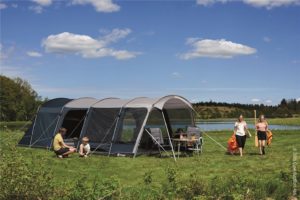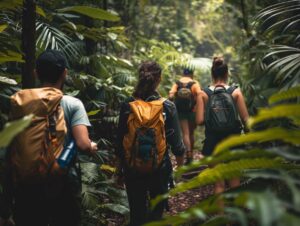

Vaibhav
- Categories: Hiking
Are you considering embarking on a solo hiking trip but feeling unsure about the benefits and risks involved? We explore why solo hiking can be a rewarding experience, from self-discovery and increased self-reliance to the freedom of exploring nature on your terms.
We’ll also look into the potential risks, such as getting lost or encountering wild animals. Stay tuned for essential tips on how to prepare for a solo hiking adventure, from planning your route to packing the right gear and training your body for the journey ahead.
Key Takeaways:

- Plan your route carefully to avoid getting lost or injured during your solo hiking trip.
- Pack all the necessary gear and supplies to ensure your safety and comfort during the trip.
- Inform someone of your plans and brush up on survival skills to be prepared for any unexpected situations.
How to Prepare for a Solo Hiking Trip?
Effective preparation for an independent hiking expedition entails:
- Comprehensive research
- Meticulous route planning using detailed maps
- Checking the weather forecast
- Packing appropriate equipment and gear
- Evaluating personal fitness levels
- Implementing all necessary safety protocols
1. Research and Plan Your Route

Thorough research and carefully planned navigation are essential components in preparing for a solo hiking expedition. It is imperative to equip oneself with detailed maps and a reliable GPS device to navigate the trail accurately.
Ahead of commencing the hiking journey, it is recommended to allocate sufficient time to analyse the topography, trail conditions, and potential obstacles that may be encountered along the route.
Utilising online resources, trail guides, and local forums can provide valuable insights from experienced hikers. Moreover, it is advisable to verify information from multiple sources to confirm trail specifics and anticipate any potential alterations.
Alongside digital maps, carrying physical copies as a precautionary measure is advisable. Familiarising oneself with prominent landmarks and emergency exit locations is also wise. Careful planning of the hiking excursion not only enhances safety measures but also enhances the overall hiking experience by instilling a sense of readiness and preparedness.
2. Pack the Right Gear and Supplies
Properly equipping oneself with the necessary gear and supplies is essential for the success and safety of a solo hiking expedition. This includes selecting crucial equipment, suitable footwear, and a well-fitted rucksack that can accommodate all essentials comfortably.
Along with the aforementioned essentials, it is imperative to include certain items in one’s packing list.
These items comprise a dependable navigation tool, such as a map, compass, or GPS device, ample water and food supplies to sustain energy levels, a first aid kit for addressing potential emergencies, a multi-tool for enhanced versatility, a reliable head torch or torch to ensure visibility during early morning or late evening hours, and extra layers of clothing to adapt to changing weather conditions.
Furthermore, it is advisable to carry a whistle for signalling distress, a lightweight shelter like a tent or emergency blanket, and a fully charged communication device in case of unforeseen emergencies. Emphasising the selection of high-quality gear for its durability and reliability is paramount to ensuring a secure and pleasurable hiking experience.
3. Train and Get in Shape
Preparing for solo hiking involves essential steps such as training and getting in shape to ensure that one’s fitness level aligns with the demands of the hike, thus reducing the risk of injury.
Participating in a comprehensive fitness regime that encompasses cardiovascular exercises, strength training, and flexibility exercises is crucial for developing endurance and stamina required for extended periods on the trail.
Cardiovascular activities like running, cycling, or hiking contribute to enhancing cardiovascular health, whilst strength training routines such as squats, lunges, and core exercises help in building the necessary muscle strength for carrying a backpack and navigating rough terrain.
Integrating yoga or stretching routines into the fitness programme can further improve flexibility, decreasing the probability of muscle strain during hikes.
It is important to maintain consistency in training to adequately prepare the body for the physical challenges associated with solo hiking.
4. Inform others of your plans.
Informing others of your solo hiking plans is a vital safety precaution, ensuring that there is awareness of your intended route, anticipated return time, and the ability to notify authorities if necessary. This simple action can significantly improve your safety while on the trails.
Sharing specific details such as your planned starting location, the trail you intend to traverse, and any alternative routes you may consider can prove invaluable in emergency situations.
Providing information regarding your equipment, camping arrangements, and emergency contacts offers a comprehensive overview for the designated individual to possess. By doing so, you not only enhance your safety but also alleviate the concerns of your loved ones, assuring them that you are well-prepared and accounted for during your hiking excursion.
5. Brush Up on Survival Skills
Acquiring survival skills, including outdoor self-defence, is a critical aspect of preparing for a solo hiking expedition, providing individuals with the necessary expertise to effectively manage unforeseen circumstances.
Proficiency in navigation skills is paramount in ensuring one remains on the correct path and reaches the intended destination safely. The ability to interpret maps, utilise a compass, and navigate using natural cues is instrumental in averting disorientation while in the wilderness.
Furthermore, possessing a strong understanding of first aid principles is critical. Proficiency in addressing common injuries, such as lacerations, burns, or fractures, can prove to be life-preserving.
In terms of self-defence, acquiring rudimentary techniques to shield oneself from wildlife encounters or potential hazards is imperative. Consistent training in these methods within realistic scenarios can enhance one’s assurance and preparedness for any obstacles that may emerge during solo hiking expeditions.
6. Consider Taking a First Aid Course
Enrolling in a first aid course is a valuable preparatory measure for individuals engaging in solo hiking endeavours, as it equips them with essential skills to effectively manage medical emergencies and enhance their overall safety.
Possessing knowledge in first aid not only instils confidence in navigating remote areas but also ensures the capacity to adeptly respond to injuries or illnesses that may occur during the hike.
Participation in a first aid course entails learning how to assess and address various situations, including the treatment of wounds, fractures, allergic reactions, and dehydration. Participants can expect to acquire proficiency in CPR techniques, familiarise themselves with essential components of a first aid kit, and understand strategies to mitigate common outdoor risks.
By investing in this training, individuals not only protect themselves but also potentially serve as crucial interveners in life-threatening scenarios.
7. Practice Leave No Trace Principles
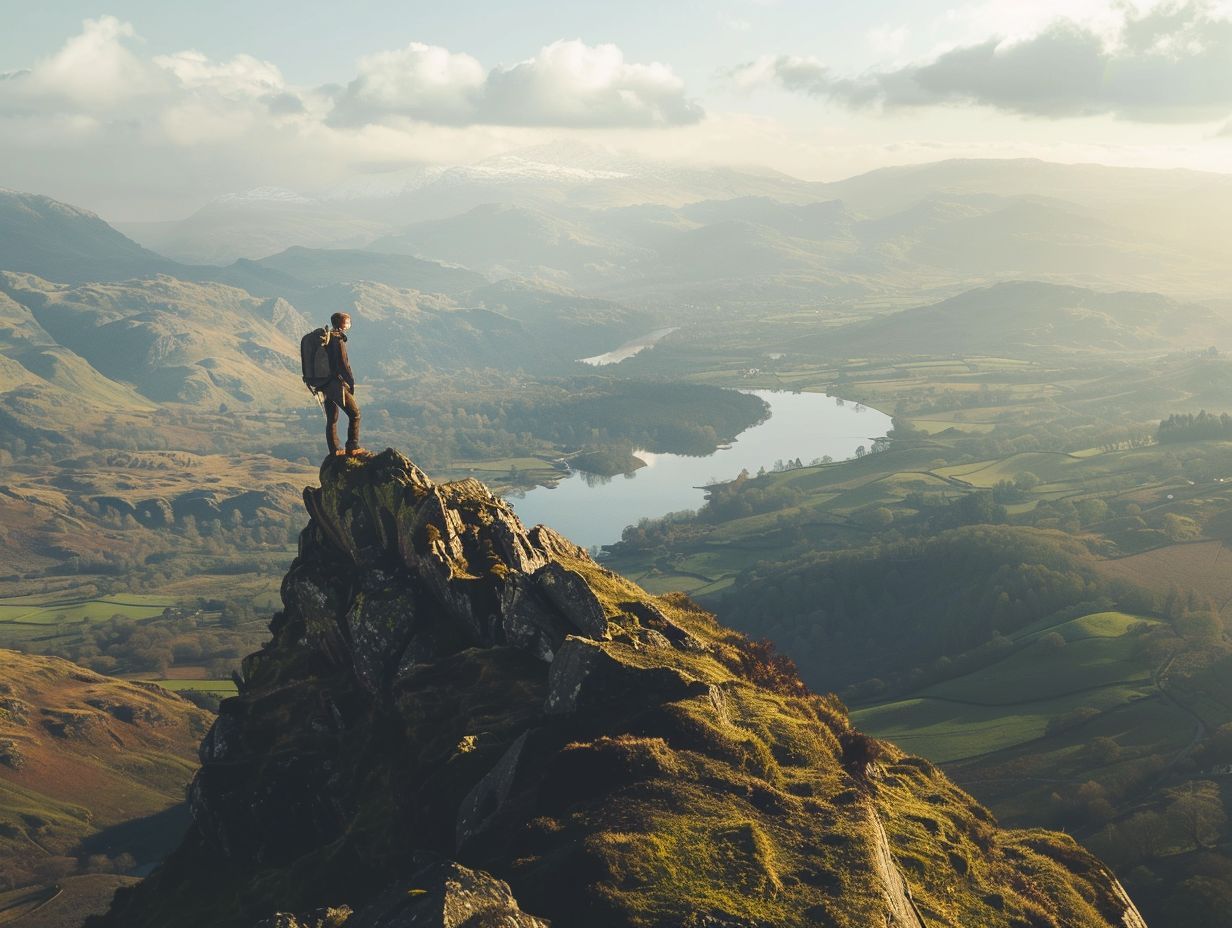
Adhering to Leave No Trace principles serves as a crucial component of solo hiking, ensuring that individuals reduce their impact on the environment and uphold the integrity of the natural surroundings for future generations. By embracing these principles, solo hikers can significantly mitigate their environmental footprint.
Commencing with thorough planning and appropriate preparation, hikers have the opportunity to avert accidents that could necessitate rescue operations, thereby enhancing personal safety and alleviating the burden on resources. During the hike, it is imperative to adhere to designated paths, demonstrating respect for the natural vegetation and wildlife habitats.
Proper waste disposal, encompassing the removal of all refuse and minimising the effects of campfires, plays a critical role in preserving the pristine allure of the wilderness. Solo hikers must also exercise vigilance regarding wildlife, maintaining a safe distance and refraining from feeding or approaching them to ensure their natural behaviors remain undisturbed.
Frequently Asked Questions
What are some essential items to pack for a solo hiking trip?
Some essential items to pack for a solo hiking trip include a map and compass, adequate food and water, a first aid kit, appropriate clothing and footwear, a headlamp or flashlight, and a shelter or tent. It is also important to pack a communication device, such as a cellphone or satellite messenger, in case of emergencies.
How should I plan my route for a solo hiking trip?
When planning your route, consider your fitness level and experience, as well as the length and difficulty of the trail. Research the terrain and weather conditions, and make sure to have a map and compass or a GPS device. It is also important to inform someone of your planned route and expected return time.
What safety precautions should I take before embarking on a solo hiking trip?
Before embarking on a solo hiking trip, it is important to check the weather forecast, inform someone of your plans, and have a way to communicate in case of emergencies. It is also important to have basic wilderness survival skills and knowledge of the area you will be hiking in. Make sure to also bring a well-stocked first aid kit and know how to use it.
How can I stay safe during my solo hiking trip?
To stay safe during a solo hiking trip, make sure to follow basic hiking safety guidelines such as staying on the trail, drinking plenty of water, and taking breaks when needed. Always be aware of your surroundings and watch out for potential hazards. Trust your instincts and turn back if you feel unsafe. It is also important to have a plan for what to do in case of an emergency.
What are some tips for staying mentally and physically prepared during a solo hiking trip?
To stay mentally and physically prepared during a solo hiking trip, make sure to train and prepare beforehand, both physically and mentally. Stay hydrated and well-nourished while on the trail. Take breaks when needed and listen to your body. It is also important to have a positive mindset and stay focused on the present moment.
What should I do if I encounter wildlife during my solo hiking trip?
If you encounter wildlife during your solo hiking trip, remain calm and stay at a safe distance. Do not approach or feed wild animals. If necessary, make loud noises or use bear spray to scare off the animal. Remember that you are a guest in their territory and respect their space. If you are unsure of how to handle the situation, seek assistance from a park ranger or other experienced hiker.
Share:
By submitting your email address, you are agreeing to receive marketing emails from theexpertcamper.co.uk.
We’ll never share your email address and you can unsubscribe at any time. Privacy policy
Related Posts

A Seasonal Guide To Hiking In The Peak District
Are you ready to lace up your hiking boots and explore the stunning landscapes of the Peak District? This seasonal guide will take you through

Hiking Challenges Preparing For Your First Ultrahike
Are you ready to take your hiking adventures to the next level? Ultra-hiking offers a unique combination of physical and mental challenges, breathtaking scenery, and
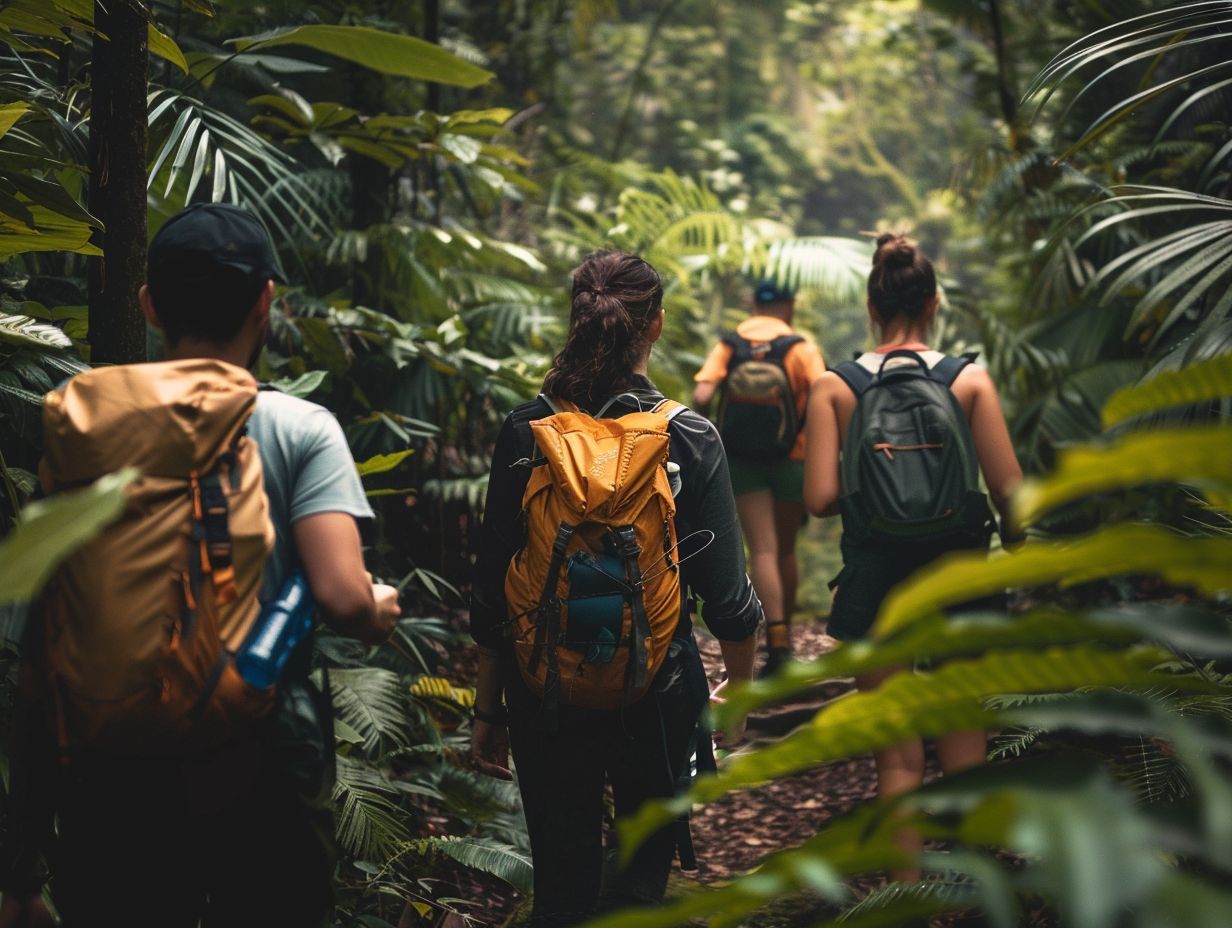
Ecofriendly Hiking Tips For Sustainable Adventures
Are you an outdoor enthusiast looking to minimise your impact on the environment while enjoying the great outdoors? Eco-friendly hiking is the perfect solution! We
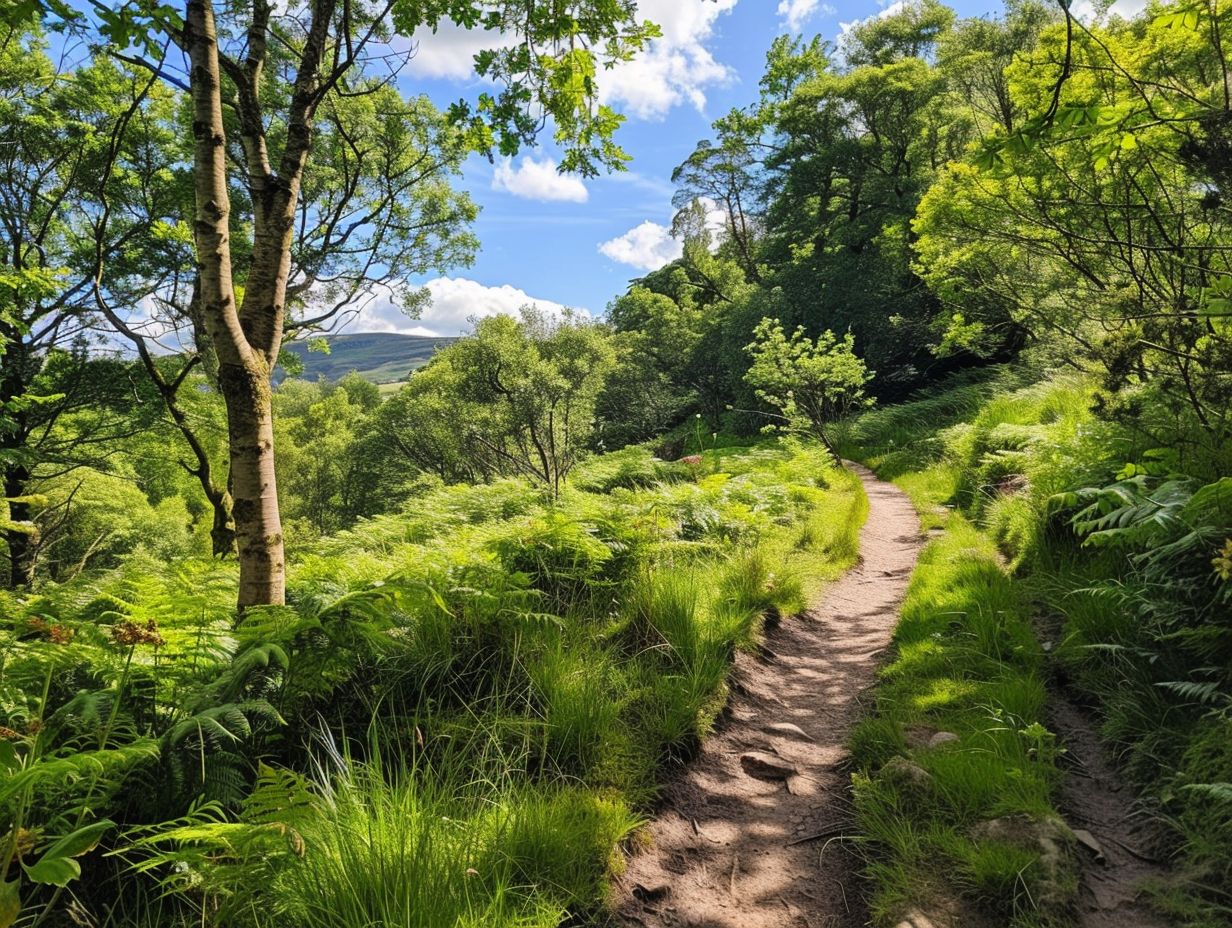
The Best Hiking Trails For Experiencing UK Wildlife
When exploring the picturesque hiking trails of the UK, you can expect to encounter a diverse array of wildlife. From majestic birds soaring overhead to

Wildflower Walks The Best Trails For Nature Lovers
Are you a nature lover looking to embark on a wildflower walk? Explore the best trails for wildflower walks, including [Trail Name 1], [Trail Name


